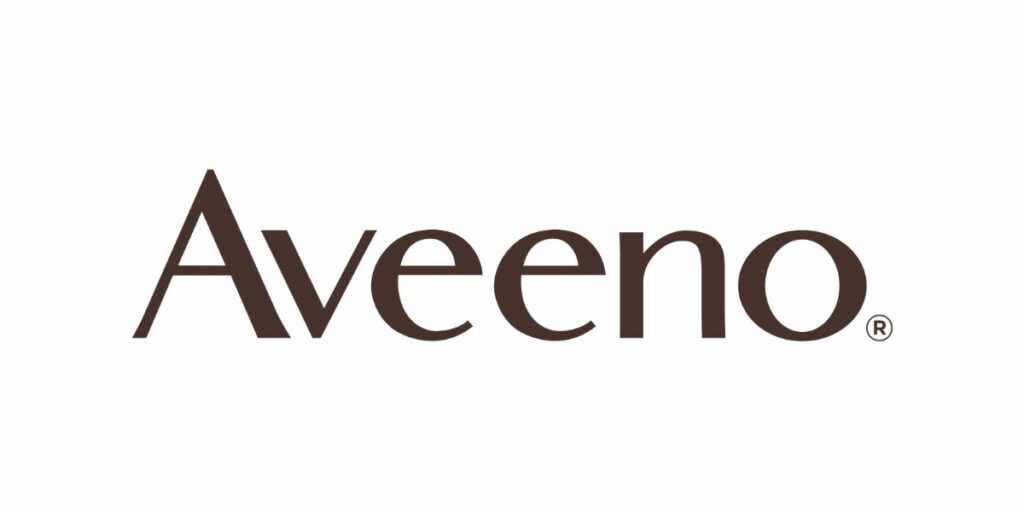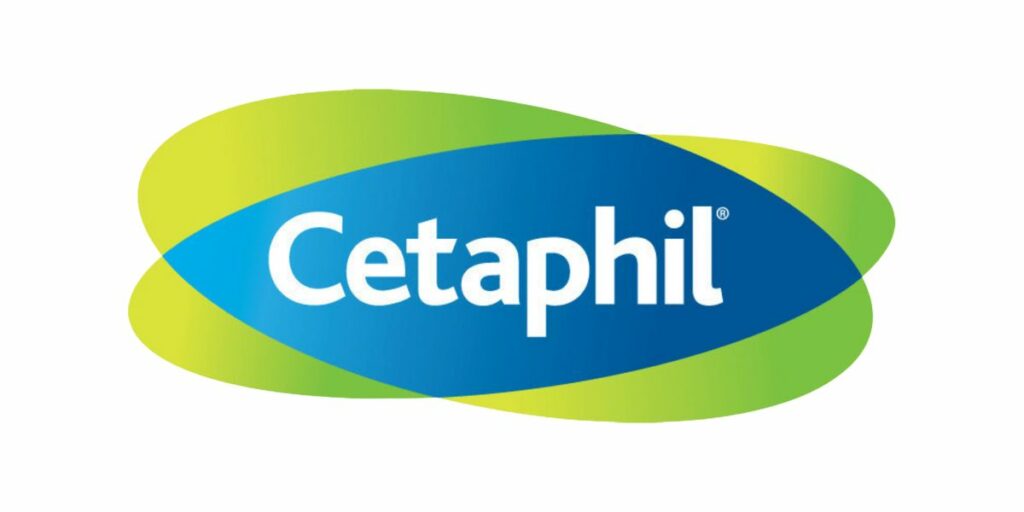Aveeno vs Cetaphil: Which One to Opt?
Jump To:
Aveeno vs Cetaphil: Two names frequently spring to mind when discussing drugstore skincare brands that is Aveeno and Cetaphil. Both companies pride themselves on having solutions that are effective and gentle for all skin types, especially sensitive skin. Which lotion, however, between Aveeno and Cetaphil is genuinely superior? I bought a few of their best-selling items and side-by-side compared them to learn the answer. To figure out who each of the items would work best for, I examined the contents, the packaging, and how they functioned on my slightly dry body skin.
Brief Intro: Aveeno vs Cetaphil
Aveeno
In 1945, Sidney and Albert Musher established Aveeno. They believed that using scientific approaches would improve both health and quality of life. The brothers had the opinion that traditional skincare was derived from medicines that had been used for centuries and that something had to be true about these cures for them to be still in use today.

The two started experimenting with natural therapies, such as oats and raw cereals, with the help of the Mayo Clinic Dermatology Center in the USA to understand the effects on various skin types.
The initial outcome of the research was an oatmeal-based natural bath soak that promised to soothe dry and irritated skin types. After 70 years of ongoing study, Aveeno has produced outstanding moisturizers, cleansers, and lotions for dry skin that are distributed all over the world.
Cetaphil
Founded in 1947 in Texas, Cetaphil started out with a small selection of high-quality products that were intended to wash and hydrate skin without leaving it feeling oily or irritated. After conducting scientific research to find the ideal formulation for dry skin types, the goods were released.

Dr Eszter, an associate professor at Hungary’s Department of Dermatology and Allergology, has recently given her support to the products currently on the market. One of the best products for bolstering and shielding the structure of the skin to form a barrier against moisture loss and pollutants.
Aveeno vs Cetaphil: Ingredients

Cetaphil lotion ingredients:
- Water
- Glycerin
- Hydrogenated Polyisobutene
- Ceteareth-20
- Cetearyl Alcohol
- Persea Gratissima (Avocado) Oil
- Tocopheryl Acetate (Vitamin E)
- Dimethicone
- Sodium Levulinate
- Sodium Anisate
- Caprylyl Glycol
- Benzyl Alcohol
- Panthenol (Vitamin B5)
- tearoxytrimethylsilane
- Stearyl Alcohol
- Citric Acid
- Acrylates/C10-30 Alkyl Acrylate Crosspolymer
Key ingredient analysis:
A thickening agent and emollient, hydrogenated polyisobutene moisturize and soften skin. It’s the kind of component that makes items feel opulent and wealthy. In addition, despite having a lengthy and technical term, the substance is generally safe.
The avocado oil, Persea gratissima, is well known for its quick absorption. In addition, it possesses antioxidant and moisturizing qualities.
Aveeno lotion ingredients:
- Dimethicone 1.25%
- Avena Sativa (Oat) Kernel Flour
- Benzyl Alcohol
- Cetyl Alcohol
- Distearyldimonium Chloride
- Glycerin
- Isopropyl Palmitate
- Petrolatum
- Sodium Chloride
- Water
Key ingredient analysis:
The oat kernel is processed to produce Avena sativa kernel flour. It has the capacity to moisturize, calm, and soften skin when used in cosmetics. Additionally, it is safe and well-tolerated, according to this study.
Petrolatum is a fairly potent occlusive substance. It does a great job of retaining moisture. And even though it was made with petroleum, using it is perfectly safe.
Yet another emollient and thickening agent is isopropyl palmitate. It is very comedogenic, according to CosDNA. It could be best for people with sensitive skin to completely avoid using products that contain isopropyl palmitate.
Common ingredients in Aveeno and Cetaphil
Glycerin is a humectant. It draws in and holds onto water, keeping your skin appearing supple.
As a silicone oil, dimethicone gives any product it is applied to “slip.” It has been included in a plethora of skincare, haircare, and personal-care products, but not just for that purpose. In actuality, its occlusive qualities are what is used the most. This means that when you apply it on top of your skin, it creates a barrier that traps moisture.
Benzyl alcohol is typically used in skin care products for three reasons: it has a pleasant scent, acts as a preservative, and thins out formulations (hello lightweight moisturizers). It can bother people, which is the problem with benzyl alcohol. Despite being uncommon, research has shown that it can result in contact allergies.
Cetyl alcohol and Cetearyl alcohol are fatty alcohols, which are waxy solids that thicken and emulsify other products to prevent separation. Fatty alcohols are generally OK, yet some persons find them to be comedogenic.
Texture and analysis: Aveeno Vs Cetaphil

The lightweight composition of Cetaphil lotion makes it simple to put on the skin. It provides long-lasting hydration and doesn’t irritate. In addition, it leaves my skin feeling incredibly smooth and soft.
Cetaphil does, however, have a few drawbacks.
To begin with, it takes a very long time to absorb into my skin. In the morning, I want to rush out the door after taking a shower. I have to wait for Cetaphil to soak into my skin when I use it as my after-shower moisturizer. How long is the wait? 15 minutes or so.
Second, at least not for my oily face, it is ineffective as a facial moisturizer. It makes me appear oily (like I rubbed oil all over my face). Additionally, it’s not a typical form of oily, so blotting sheets and powders are ineffective. This kind of lotion might work better on dry skin.
Although Aveeno has a lighter consistency than Cetaphil, it seems less luxurious. It doesn’t require considerable rubbing to distribute over the skin, and dries down almost instantly, unlike Cetaphil. It doesn’t leave me feeling overly oily when I use it on my face. Aveeno scores another point!
Aveeno’s only drawback is that Cetaphil feels more hydrating than it does. To prevent my skin from drying out, I frequently feel like I need to reapply it throughout the day.
Aveeno has a quicker absorption rate, whereas Cetaphil is a more potent moisturizer.
Aveeno Vs Cetaphil: Eczema

One of the most prevalent conditions for persons with sensitive skin, easily irritated skin, or those who are allergic to things is eczema. The neck and face are the most frequently affected areas, but eczema can flare up anywhere on the body.
This typically happens as a result of exposure to a certain chemical or a change in hormone levels. Fortunately, both companies provide quite good fixes.
Chlorhexidine Digluconate, an ingredient in Aveeno Daily Moisturizing Lotion, serves as a skin disinfectant to stop the spread of bacteria.
Benzy Alcohol, a naturally occurring component of fruits, is used in the Cetaphil Moisturizing Lotion. Too much of it might cause the skin to become dry. It is present in soaps and body washes. But it also enhances the product’s fragrance and is a great ingredient for reducing bacterial growth.
Cetaphil vs Aveeno: Price Point
Despite being similar drugstore skincare brands, Cetaphil vs Aveeno products has different costs. Moreover, a few bucks can have a significant impact.
Products from Cetaphil can cost anything between $4.99 and $19.99.
Aveeno products can cost anything between $2.99 and $19.99.
Final verdict
Both products are especially effective at treating eczema. But you should unquestionably run a patch test beforehand. Don’t just start rubbing it all over. The Cetaphil is arguably the more enjoyable product from a pampering standpoint and will perform quite fine for minor irritations.
For bigger problems, Aveeno might, on the other hand, reach straight to the cause and solve the issue faster.
It may be best not to use this every day after the skin has cleared up because it is a more aggressive form of treatment, specifically for skin complaints. Perhaps change to once every three to four days with a different product in between.
Conclusion
The product you select is based on your skin type and the common skin issues you experience. Cetaphil is the best choice if you want to clean your skin in advance and shield it against bacteria and pollutants that might trigger an outbreak.
However, Aveeno is a better option if you’re experiencing a significant flare-up of eczema or acne. By eliminating pollutants and dead skin cells at their source, it creates healthier skin with more refined pores. Most dermatologists will advise choosing this choice if you have persistent or recurring skin problems.

